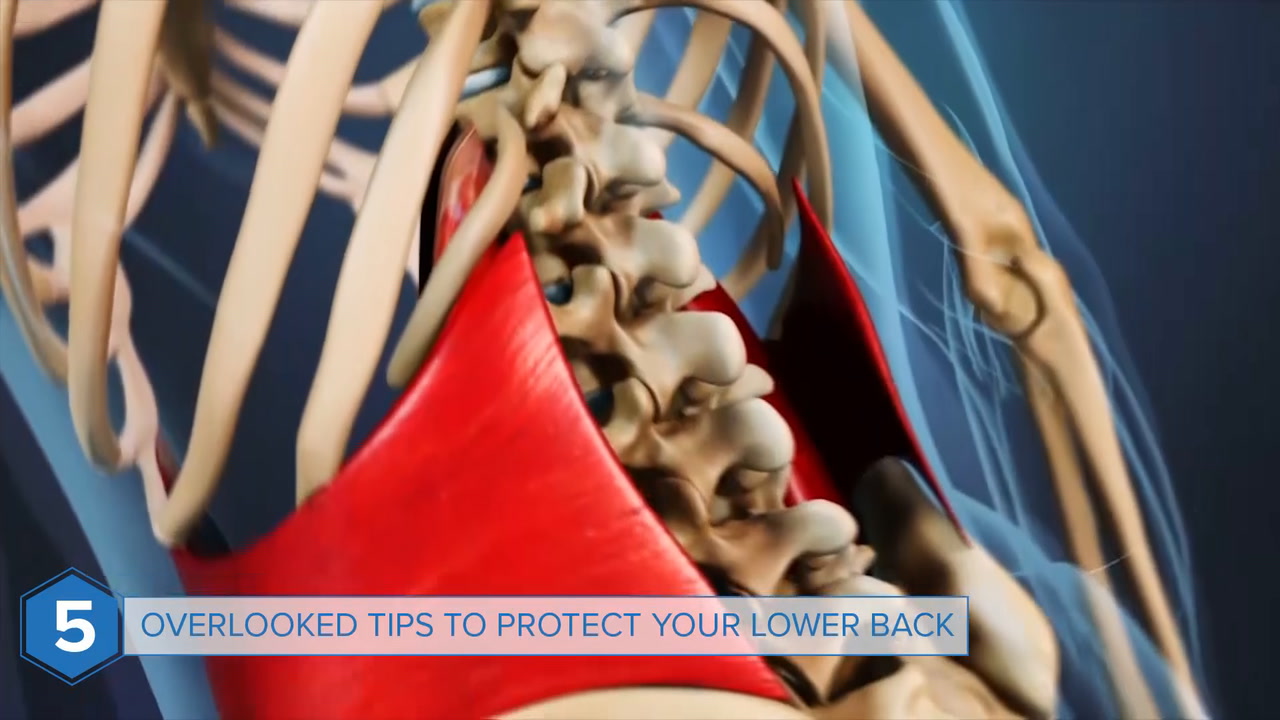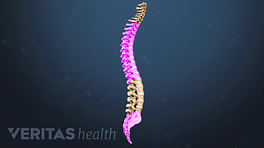The key to avoiding lower back injuries is to be proactive—and incorporating these five overlooked tips into your daily life can go a long way towards protecting your lower back.
Why is your lower back prone to injury?
Let’s take a more in-depth look at why your lower back is prone to injury. Your lower back, or lumbar spine region, has five motion segments— these segments enable most of your twisting and bending movements.
However, the two lowest segments, called the L4-L5 and the L5-S1, bear the majority of the stress from these types of movements. As a result, these two segments are the most likely to suffer injury from wear-and-tear and/or sudden movements.
Onto the tips—
Number one, strengthen your core muscles.
Strong core muscles provide support for your lower back, and they play a significant role in preventing injuries. But that doesn't mean you have to be Schwarzenegger. Low-impact cardiovascular exercises—such as using an elliptical machine—can strengthen your core muscles, and at the same time increases the flow of blood to your spine. In turn, this supplies healing nutrients to the structures in your lower back.
So start with small goals to slowly get yourself moving. For example, take a 5 minute walk with a friend or complete a single lap in the pool.
Number two, adjust how you are sitting.
Purchasing an ergonomic chair for your office work station can help support the natural curvature of your spine, and you can also slightly elevate your feet with a stand to reduce the stress on your lower back. Another great idea to protect your lower back is to use a standing desk for part of the day, since sitting places three times as much stress on your spinal discs as standing. That's a bonus tip.
Number three, be careful how you lift heavy objects.
Regardless of your age or strength level, you can easily injure your lower back if you lift heavy objects with incorrect form. Keep your chest forward, lead with your hips, not your shoulders and keep your weight close to your body.
Number four, monitor your weight.
It’s common knowledge that carrying extra weight places stress and strain on your lower back. If you’re overweight, work with your doctor to develop a comprehensive plan to get your weight under control. Remember to avoid fad diets, and instead focus on eating the right amount of healthy foods and exercising daily.
Number five, take care during travel. Spending a lot of time in a plane or car can take a toll on your lower back. Pack light. Use a lumbar support pillow. Get out of your seat and move around every 30 minutes. And stretch your legs and hips before and during your travel.
You may not be able to incorporate all five of the above tips into your daily life at once, so start with one or two and slowly work towards a proactive lifestyle for the protection of your lower back. And as always, stay healthy!









